Christopher William Crawley – The Man Behind the Homestead
Christopher William Crawley was born in Sydney in 1841 to parents William and Jane Crawley. Christopher grew up in the inner-city suburb of Balmain, where he developed an interest in farming. In 1860, he married Elizabeth Carr, a Wiradjuri woman who had to pretend to be white to be accepted in society. The couple moved to the town of Junee, where Christopher had purchased two parcels of land to build their family home.
Christopher struggled to make ends meet in the early years, living in a small slab hut with his wife and growing family. However, his fortunes changed in 1878 when the Great Southern Railway Line opened, bringing an influx of travelers and agricultural trade to the town. Christopher seized the opportunity and bought a license to build the Railway Hotel, located opposite the railway station. The hotel proved to be a lucrative investment, and Christopher became one of the town’s wealthiest residents.

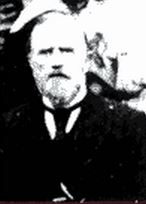
The Building of the Monte Cristo Homestead
As Crawley’s wealth and social status grew, he needed a symbol to reflect his success. In 1884-1885, he built the Monte Cristo Homestead, a two-story mansion overlooking the town of Junee. The house was built in the Late Victorian Style and became an ultimate status symbol. Prior to the construction of the new homestead, the Crawley family (father, mother, and seven children) lived in a small brick cottage that was turned into the servant’s quarters. The original slab hut was demolished and turned into a stable for Crawley’s prized horses. The new home was built on a hill, overlooking the entire town, and became a magnificent representation of Crawley’s wealth and success.

Monte Cristo, the grandest home of the landed gentry in the region, was envisioned as the ultimate status symbol, much like a feudal European castle. It served as the center of local power and was strategically located on a hill, allowing its lord to survey his realm from the second-floor balcony. Despite being a farming property and the nucleus of the Crawley family’s agricultural pursuits, Mr. Crawley was not above getting his hands dirty.
No expense was spared in constructing Monte Cristo, which was built of sandstock bricks fired on-site and laid on a drystone foundation. In over a century, not a single crack has appeared in the structure. The downstairs walls are 18 inches thick, and the upper walls are 9 inches thick, both made of solid brick. The ceilings are 12 feet high, with cypress pine construction upstairs and lath and plaster construction downstairs. The house, built during the late Victorian era, has pleasing lines and proportions and retains much of the symmetry of an earlier period. The applied decoration of plasterwork and cast-iron lattice adds the necessary touch of opulence so loved by the Victorians. Monte Cristo’s charm lies in the balance of its design, which demonstrates a style of building unchanged since early colonial days.
Living at Monte Cristo
In its day, the homestead was renowned as one of the region’s social centers, where balls were held, and local gentry engaged in country pursuits such as tennis and golf on the region’s first course. Between these social events, the Crawleys raised seven children, all of whom went on to lead happy, productive lives. The girls, Helen Ann (Lillian), Lydia Blanch, Florence Agnes, and Angela Christina (Pidge), were all musically talented and received education at the best schools their parents could afford, including the Dominican Convent in Maitland and St. Vincent’s Potts Point. They were taught music and painting, and Lillian, the great beauty of the family, was an accomplished pianist and composer. She composed the “Scotia Schottische” in 1895 for a ball at Government House and dedicated it to Lady Dunbar. Angela Christina was a talented artist who enjoyed sketching and pen drawings.

The boys, Mervyn Marmaduke, Aubrey Clarence, and Alphonse Hilary, were educated at Riverview and St. Joseph’s in Sydney and St. Patrick’s in Goulburn. Mervyn, nicknamed “The Pioneer of Queensland,” owned and operated extensive pastoral holdings in the state. Aubrey, who played the violin, became a doctor, and Alphonse, noted as the finest pianist of a very musical family, became a solicitor and broke the Australian record by practicing for 62 years.
Mrs. Crawley, remembered as very like Queen Victoria, usually wore a black lace dress, lace cap with a stand-up beaded collar, and lace cap. She ruled the house with a rod of iron, and with her husband, appeared to be the quintessential Victorian couple, but perceptions were often misleading. Staff would later recount stories of harsh mistreatment by their employers, which spawned many ominous legends persisting today.
William Christopher Crawley died at Monte Cristo on 14th December 1910, at the age of 69, from heart failure secondary to blood poisoning caused by a carbuncle on his neck becoming infected from rubbing up against a starched collar. It is believed his widow only left the house on two occasions in the remaining 23 years of her life, turning an upstairs Box (storage) Room into a chapel and immersing herself in the Bible. Mrs. Crawley herself died at Monte Cristo on 12th August 1933, at the age of 92, of heart failure secondary to a ruptured appendix. The homestead’s glory days were over, but Monte Cristo remained a Crawley family home until 1948 when the last members of the family vacated it. After their departure, no one lived in the house until it was acquired by the Ryan family more than a decade later. By this time, its furnishings had been auctioned off, and the stately grandeur of Monte Cristo had faded with time, vandalism, and neglect from a generation that had ceased to care about its pioneering past.
Restoration by the Ryans
In 1963, Reginald and Olive Ryan bought the Monte Cristo Homestead and began the process of restoring it to its former glory. The house had been abandoned for over a decade and was in a state of disrepair. The Ryans worked tirelessly to restore the house, including sourcing original furnishings and fixtures to recreate the house’s original ambiance.
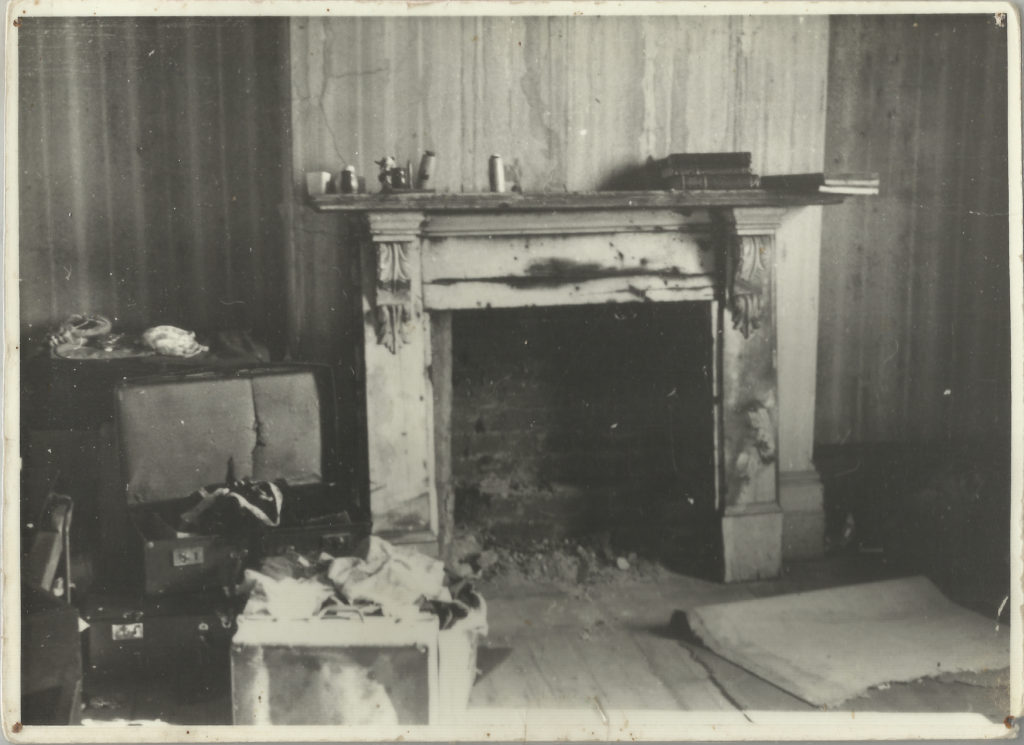
The Ryan family has deep roots in the Junee and Wagga Wagga region, with Reginald Ryan, the patriarch, born on January 18, 1934, as the youngest of three sons to Stanley and Florence Ryan at 24 Best Street, Wagga Wagga. Despite the fact that the Monte Cristo Homestead was constructed by the Crawley family in the 1800s, its existence today is largely due to the hard work and dedication of the Ryan family, who saved it from being demolished many years ago.

Reginald Ryan, a tailor by trade, purchased the Monte Cristo Homestead in 1963 and worked tirelessly to pay off bank loans, restore the property, and care for his family. He worked a variety of jobs, including as a drinks waiter, laborer, and door-to-door salesman, before eventually becoming an antiques dealer, which helped secure the future of the Homestead. Monte Cristo Antiques quickly gained international recognition, and the Homestead served as a showroom for many years, allowing the Ryan family to acquire the art and antique pieces that have made the property famous worldwide. In 1986, the Ryan family stopped dealing in antiques and opened Monte Cristo as a local museum, with family members serving as tour guides. They wanted to share the history and beauty of the house with others, and they succeeded in doing so. The Monte Cristo Homestead is now one of the most popular tourist attractions in the area, drawing visitors from around the world who come to experience the history, legends, and mysteries of the house.
While Monte Cristo Homestead is known for its antique store and award-winning tourism, it has always been a beloved family home for the Ryans, presided over by Reginald and Olive Ryan. Their five children, Deborah, Noelene, Michalene, Shiralee, and Lawrence, devotedly assisted them in restoring the sprawling estate. Today, Lawrence Ryan (most know him as famous stuntman “Lawrence Legend”) cares for Monte Cristo with his mom, Olive, and runs the ghost tours. Lawrence has dedicated himself in continuing the dreams of his father in sharing this extraordinary house with the world.
The family’s history and the Homestead’s unique story continue to captivate people, starting from the day in 1955 when Reginald Ryan first spotted the mysterious house perched high on a hill and decided to investigate. The Ryans’ restoration of the Monte Cristo Homestead has ensured that this beautiful house and its history will be preserved for generations to come. The Monte Cristo Homestead is a testament to the ingenuity and vision of those who built it, and a reminder of the enduring allure of the past.



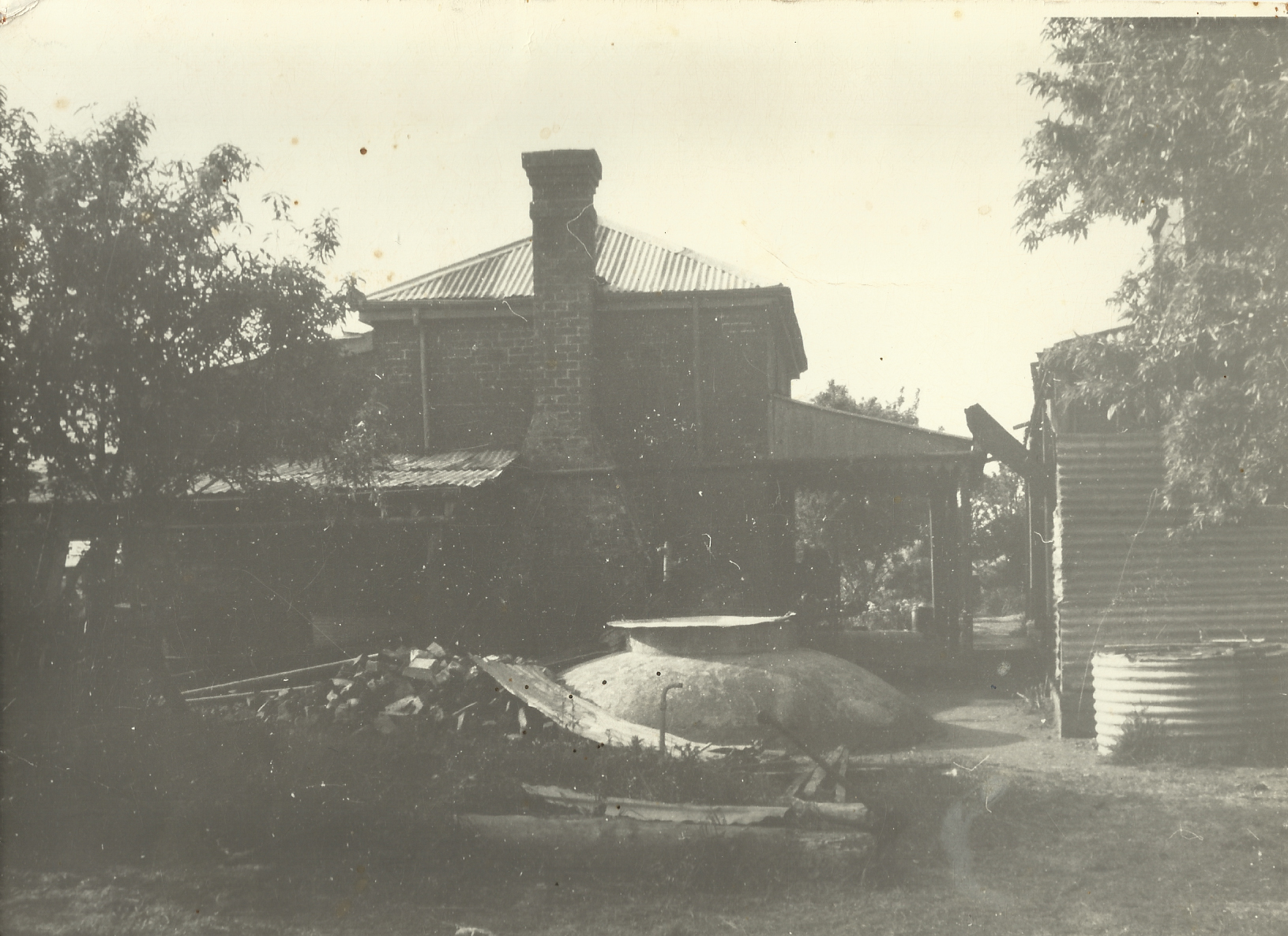

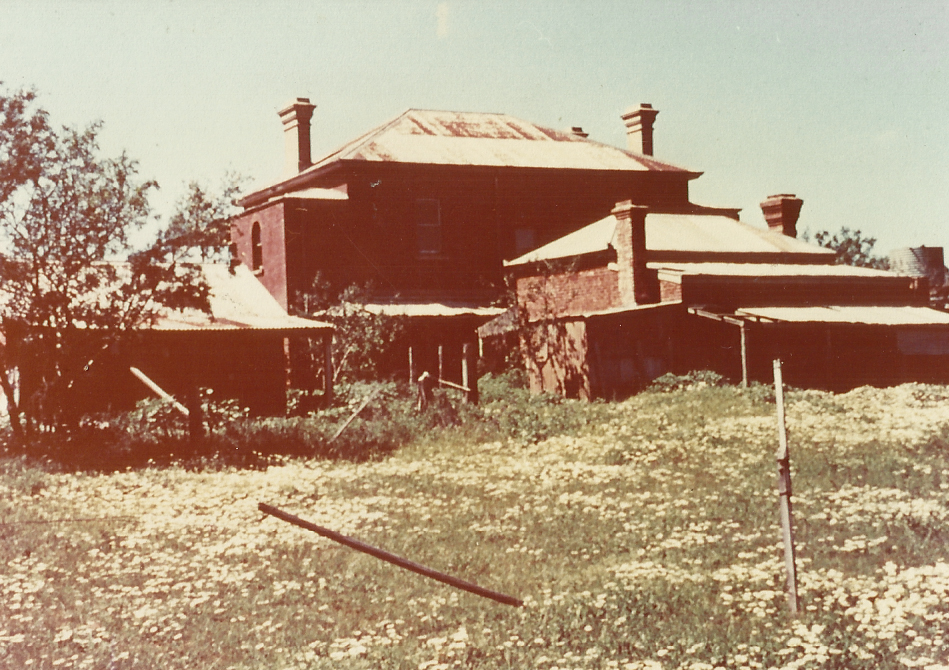

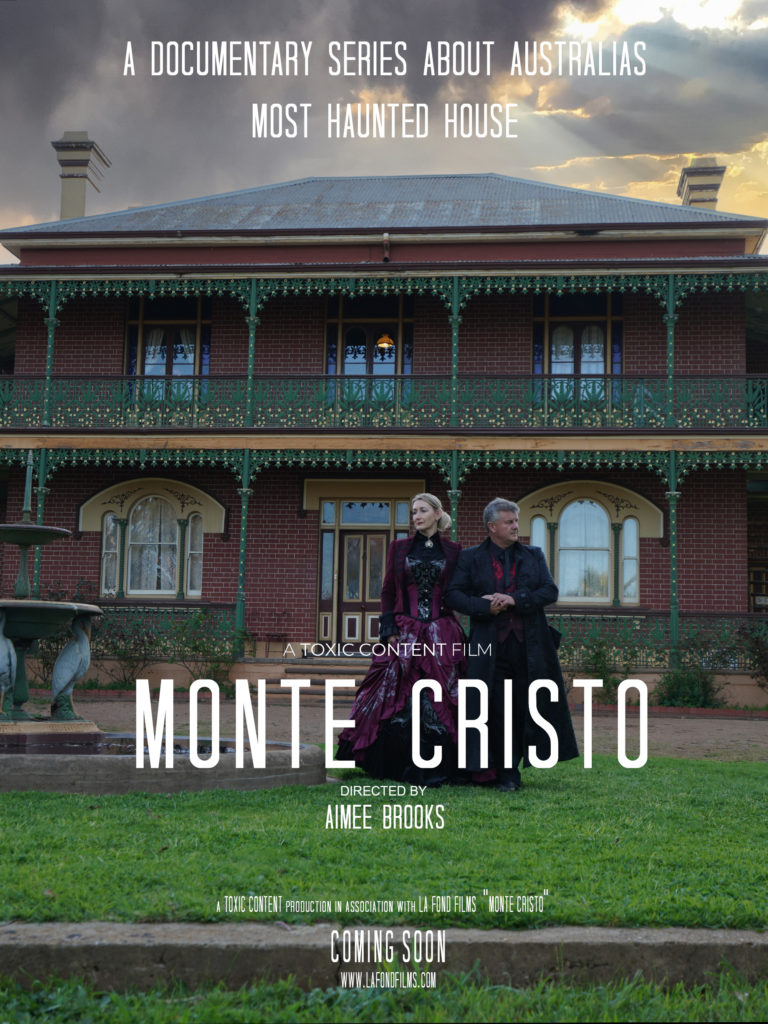
Follow Us
If you’re a history buff or just curious about the past, we invite you to join our community to learn more about this fascinating location.
By signing up for updates, you’ll be the first to receive exclusive updates on our upcoming documentary, which will take you behind the scenes of the Monte Cristo Homestead and give you a glimpse into its rich history. You’ll also gain access to never-before-seen historical photos and other behind-the-scenes content.
To stay up-to-date with our latest updates and join our social media community, simply enter your email address in the sign-up form provided on our website. We look forward to sharing our passion for history and the Monte Cristo Homestead with you.